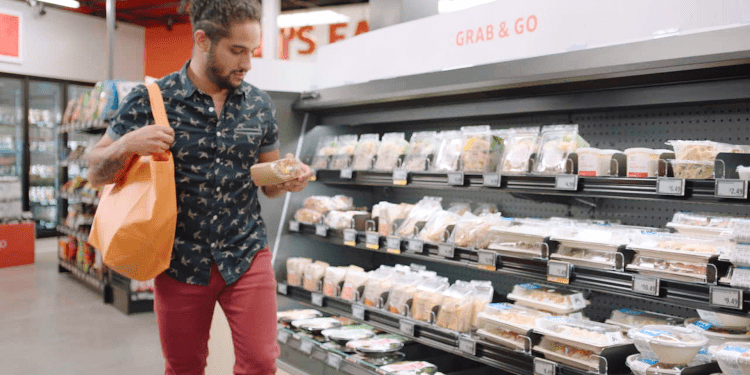Amazon Go, the cashier-less store concept that relies on digital payment systems, represents a leap forward in retail innovation for the unbanked. However, its potential to help the unbanked—those without access to traditional banking services—transition to digital payments remains a topic of debate. While the technology could drive financial inclusion, significant barriers must be addressed to make it accessible to everyone.
How Amazon Go Works
Amazon Go eliminates traditional checkout processes by using sensors and cameras to track purchases. Customers scan the Amazon Go app upon entry, and their purchases are automatically charged to their linked payment method upon exit. This seamless experience relies entirely on digital payments, leaving cash out of the equation.
Opportunities for the Unbanked
For the unbanked, who often rely on cash, Amazon Go could:
- Encourage Digital Payment Adoption:
By introducing alternatives like prepaid cards or digital wallets linked to Amazon accounts, Amazon Go could offer a stepping stone to cashless payments. - Enhance Access to Modern Retail:
The convenience and efficiency of Amazon Go stores could make digital payment solutions more appealing to those traditionally excluded from banking. - Promote Financial Inclusion:
As Amazon expands its footprint, partnerships with fintech providers could create solutions tailored to the unbanked, such as low-cost prepaid cards or simplified account setups.
Barriers to Adoption
Despite its potential, Amazon Go’s model presents challenges for the unbanked:
- Reliance on Smartphones: Many unbanked individuals may not own smartphones or have consistent internet access, essential for using the Amazon Go app.
- Exclusion of Cash Payments: Without options for cash-based transactions, the unbanked could be left out entirely.
- Financial Education Gap: Adopting digital payment methods requires awareness and trust, which may take time to establish among the unbanked population.
What Amazon Can Do to Help
To make Amazon Go more inclusive for the unbanked, Amazon could:
- Introduce Cash-Loadable Options:
Allow customers to load cash onto prepaid accounts that can be linked to the Amazon Go app. - Expand Payment Options:
Partner with fintech providers to offer alternative payment methods, such as QR codes or offline digital wallets. - Enhance Accessibility:
Simplify the onboarding process for the unbanked with affordable smartphones and user-friendly app interfaces. - Financial Literacy Initiatives:
Invest in programs to educate the unbanked on the benefits and use of digital payment systems.
Conclusion
While Amazon Go showcases the future of retail, its ability to help the unbanked transition to digital payments depends on overcoming significant barriers. By addressing accessibility challenges and partnering with fintech innovators, Amazon has the potential to make its cutting-edge stores a model for financial inclusion. For the unbanked, this could be a step toward greater participation in the digital economy.










